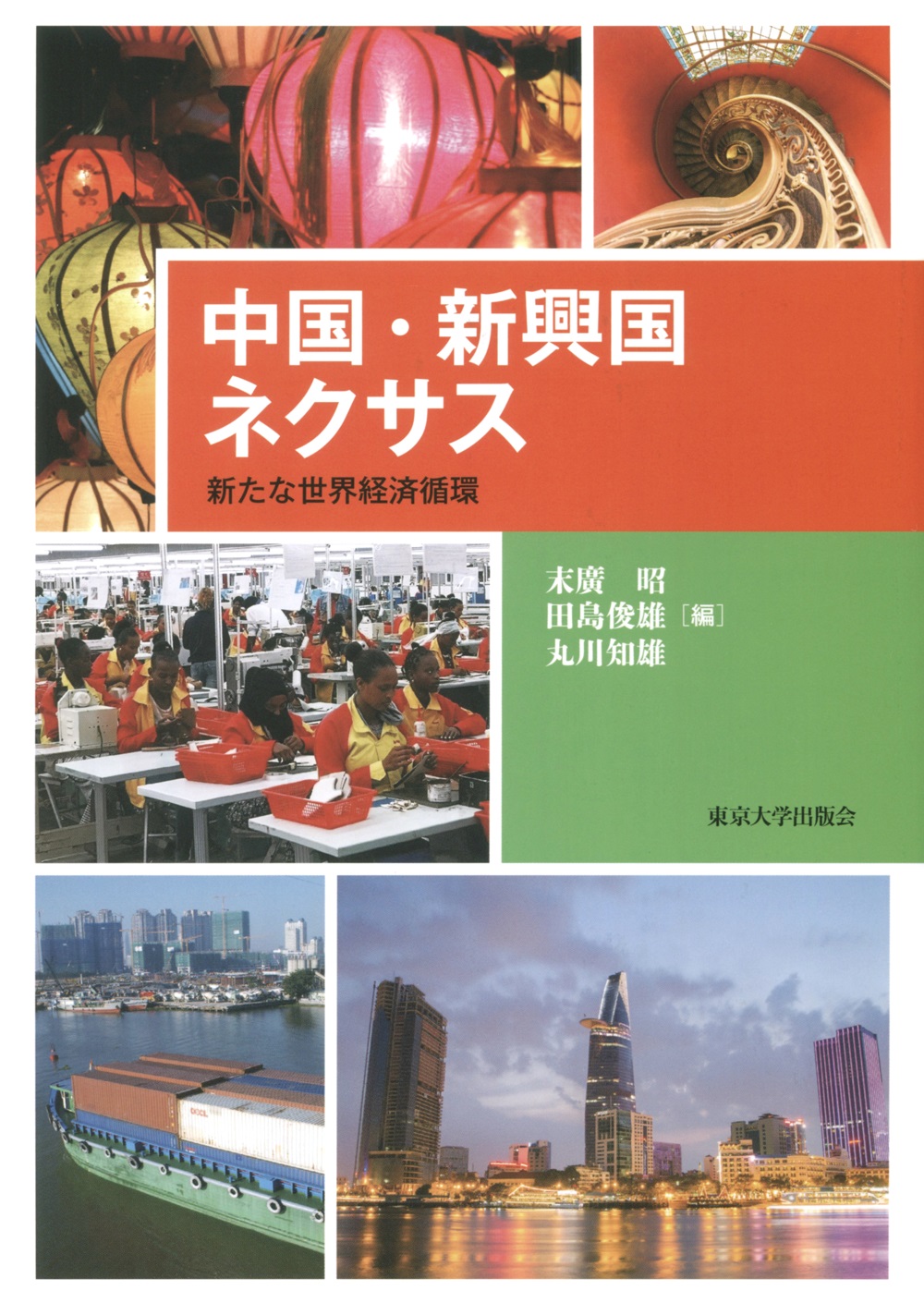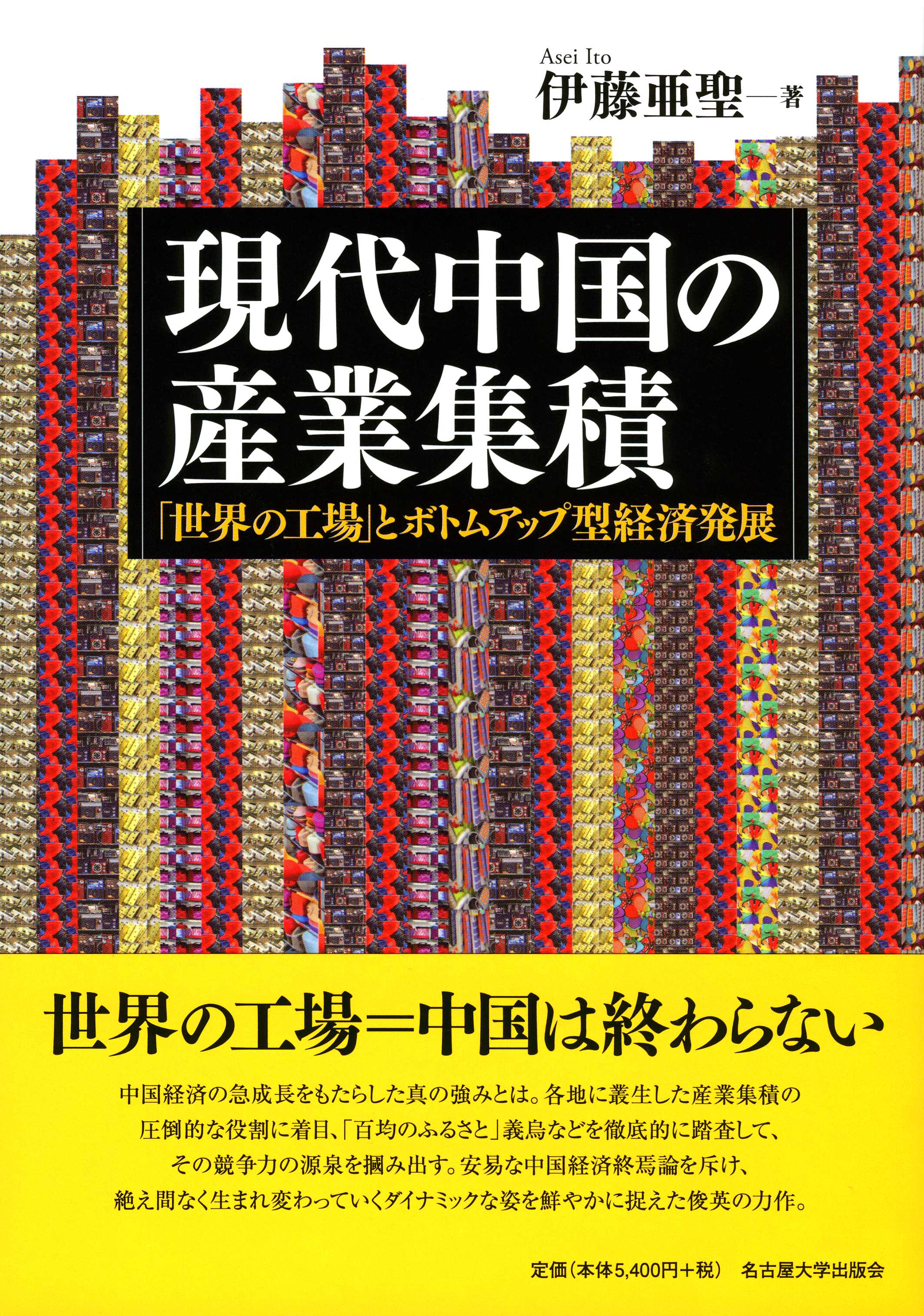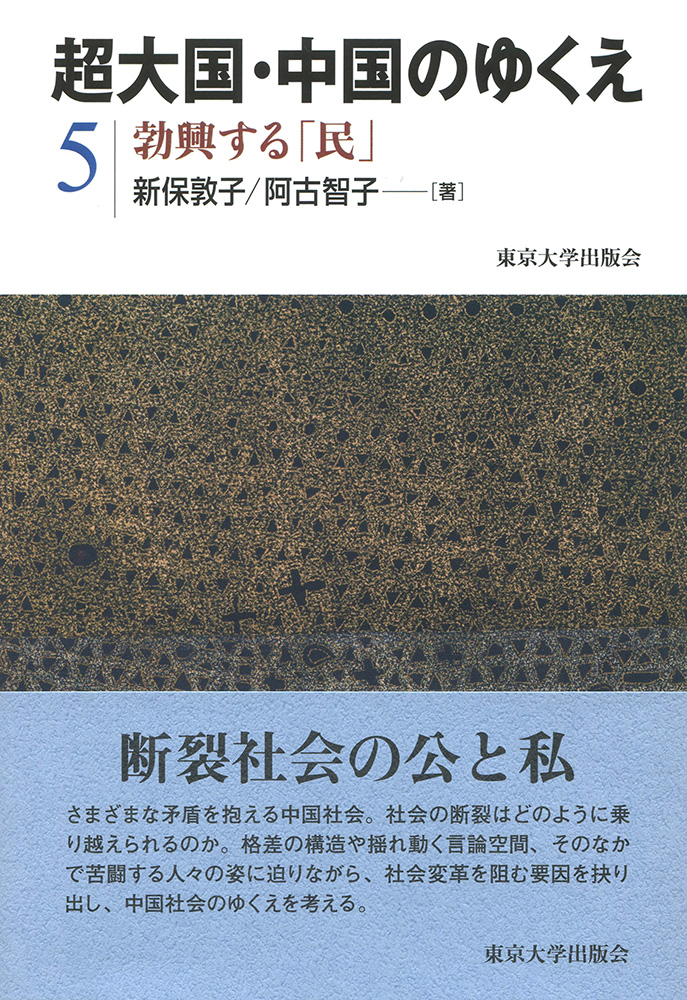
Title
Chugoku shinkokoku nekusasu (The Economic Nexus between China and Emerging Economies - Towards a New World Economic Structure)
Size
384 pages, A5 format
Language
Japanese
Released
December 25, 2018
ISBN
978-4-13-046126-9
Published by
University of Tokyo Press
Book Info
See Book Availability at Library
Japanese Page
The Chinese economy has grown rapidly during the last 40 years. In 2014, its gross domestic product (GDP), adjusted for purchasing power parity (PPP), surpassed that of the United States; this made China the largest economy in the world.
Along with the economic expansion, the status of China in the world economy has undergone a transformation. At the beginning of this century, China was regarded as a country with “cheap and abundant labor” that produced a huge quantity of cheap consumer goods and exported them to the developed countries. In 2001, a Japanese business magazine described China as “the factory of the world,” and this description stuck, spreading rapidly across Asia and the world.
In the same year, China had barely qualified as a “lower middle-income country,” according to the World Bank’s classification criteria. However, China has witnessed a rapid increase in its per capita income since then; it is quite likely that China will become a “high-income country” before 2030. A high-income country, with a population of nearly 1.4 billion, will clearly constitute the largest consumer market in the world.
The improvement in its per capita income has been accompanied by changes in the structure and direction of its external trade. At the beginning of this century, the dominant pattern in China’s trade involved: importing machinery and key product components from the developed countries; assembling the components into final products by using its abundant labor; and exporting the final products to the developed countries. China’s manufacturing industries were, therefore, dependent on the inputs and markets of the developed countries.
However, China currently trades more with the emerging economies than the developed ones. China is importing a huge volume of primary goods, such as iron ore, petroleum, and soybeans from the emerging countries and exporting to them large quantities of manufactured goods that range from smartphones and PCs to garments.
For example, to satisfy its domestic demand for steel, China accounts for roughly half of the global steel production; further, it imports two-thirds of the internationally traded iron ore to support its steel production. Several developing countries depend heavily on China for their exports of iron ore.
It is a well-known fact that Apple’s iPhones are assembled in China, and this reinforces the country’s image as “the factory of the world.” However, it is also true that China is home to several smartphone brands, such as Huawei, ZTE, Oppo, Vivo, and Xiaomi, which are very popular in the emerging economies.
In the emerging economies, China’s earlier image as a cheap manufacturing base has changed to one of a huge importer of raw materials and an exporter of manufactured goods carrying the imprint of its homegrown brands.
The authors of this book have paid attention to the changes in China’s status in the global economy and devoted efforts to analyze the recent economic relationship between China and the emerging economies. The book deals with several important aspects of this economic nexus, such as: the “Belt and Road Initiative;” China’s economic diplomacy with South East Asian nations; the impact of China’s huge imports of soybean, coal, and iron ore on the exporting countries; and the spread of Chinese-made mobile phones and miscellaneous goods in developing countries.
(Written by MARUKAWA Tomoo, Professor, Institute of Social Science / 2019)



 Find a book
Find a book


 eBook
eBook
